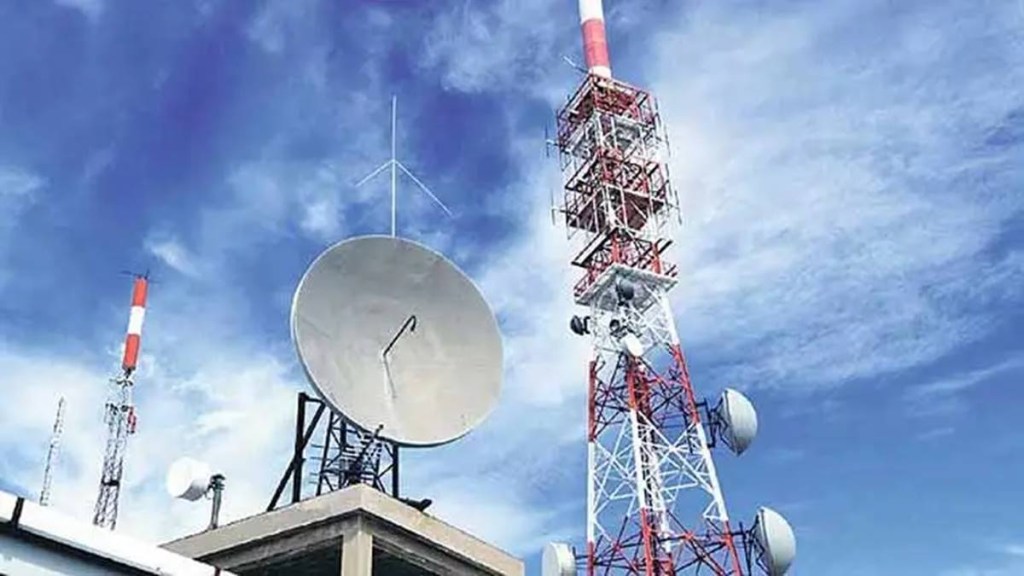After the Telecommunications Act, 2023 paved way for replacing the present licensing regime with an authorisation mechanism, the Telecom Regulatory Authority of India (Trai) on Thursday started the consultation process on the same.
The consultation involves merging different licences into a single authorisation regime, removing redundant licences, kind of fee and levies if a unified service authorisation is introduced for end to end telecom services, provision of bank guarantees, changes needed for ease of doing business, among other things.
The same assumes significance as till now the licenses for the provision of telecommunication services were being granted in the form of license agreements between the Government of India and the licensee. The terms and conditions applicable on the licensee were included in the Schedule to the license agreement. The Schedule consists of several chapters containing an array of conditions such as general conditions, commercial conditions, financial conditions, technical conditions, operating conditions, security conditions etc.
This makes the process cumbersome and makes documents heavy. Therefore, through the consultation, Trai has been advised by the department of telecommunications (DoT) to study the international practices on this aspect. It is seen that the telecom service authorisation/ license issued by several sector regulators/ governments such as Australia, the US etc, are lean documents with only the essential elements written in them.
“In light of the provisions of the Telecommunications Act, 2023 and the international practices in several countries, it requires to be deliberated as to whether the extant practice of including the entire terms and conditions of the license in the license document should be discontinued; instead, an authorisation document should be issued by the Central Government to the applicant entity containing the essential aspects such as the service area, scope of the service, validity period, authorisation fee etc,” Trai said.
It said the rules to be made for this purpose, in case it is decided to do so, could broadly be divided into general rules, commercial rules, technical rules, operating rules, security rules, financial rules, etc.
Currently, the unified licence (UL) contains authorisation for nine services. There are different eligibility criteria for the services and applicant has to meet those before choosing them while applying for the UL.
In over 200-page long documents, Trai has sought views from the stakeholders on over 60 questions on bringing the authorisation mechanism for telecom service providers, digital infrastructure providers, satellite communication services providers, among others.
DoT, which is currently expediting implementation of the telecom Act last month also sent a reference to Trai on the structure for an authorisation mechanism. Post Trai recommendations, DoT will implement this section of the Act as well.
In its reference note to Trai dated June 21, DoT has asked the regulator to provide recommendations on terms and conditions, including fees or charges for authorisation to provide telecom services as per the provision of the Act.
DoT has urged Trai to complete the process in 60 days and issue its recommendations. “The possibility of reducing the number of authorisations and simplification/merger/rationalisation of the terms and conditions to improve ease of doing business, may also be examined,” DoT said.
Stakeholders can share their inputs on Trai’s consultation by August 1.
